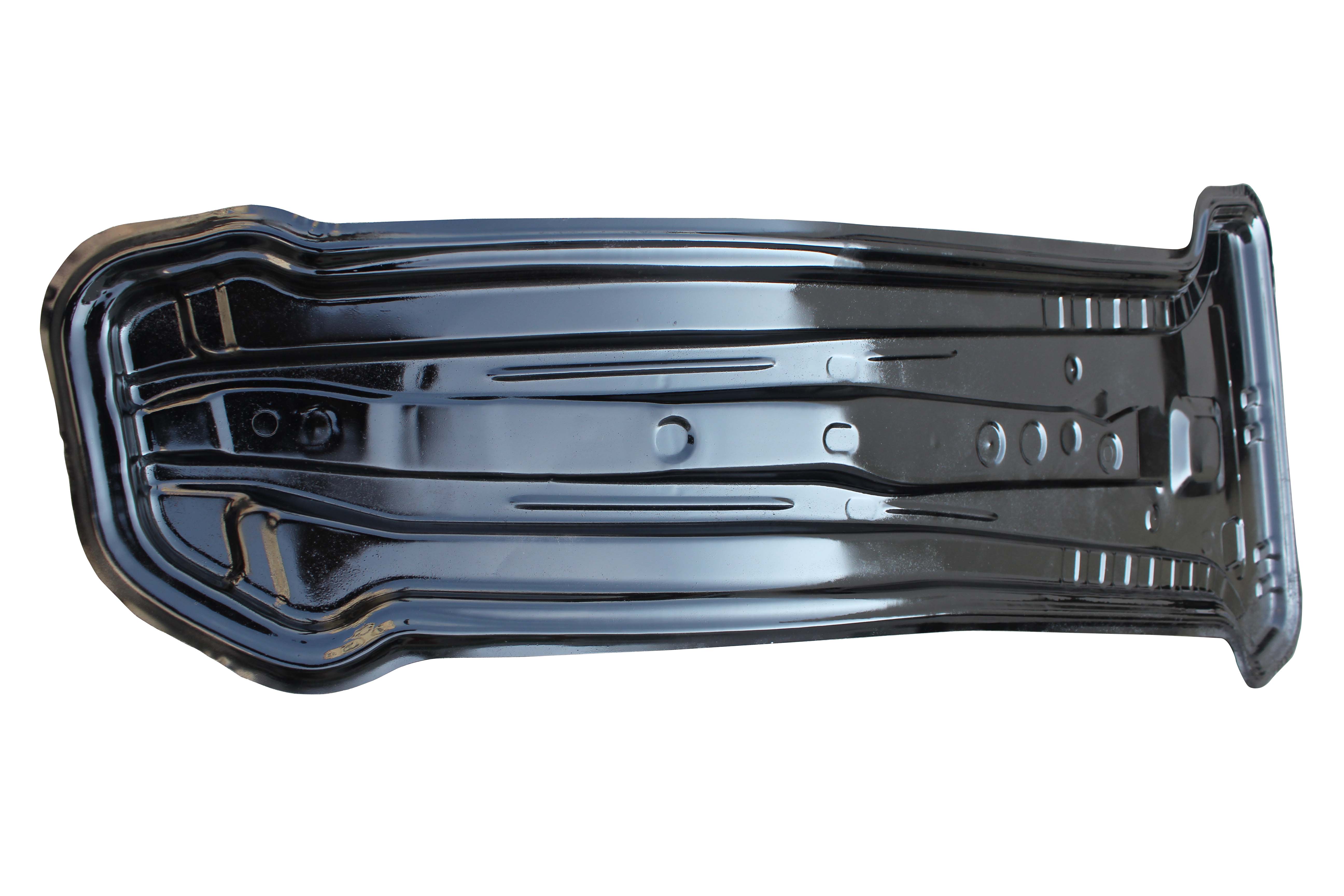
A professional tool&die maker for big progressive tools and transfer tools

From Zerostart to Unlimited Cooperation

Focus on Stamping tool&dies
Summary Description: Stamping molds are the main process equipment for stamping processing and are a key type of mold in industrial production
Stamping molds are the main process equipment for stamping processing and are a key type of mold in industrial production. There are many factors that affect the service life of stamping molds, and stamping mold failure is one of them. Its main forms include wear failure, deformation failure, fracture failure, and bite failure. Below, we will provide a specific introduction to these, hoping that everyone can have an understanding of them and make corresponding improvement measures.
1. Stamping equipment
The accuracy and rigidity of stamping equipment (such as presses) have a crucial impact on the lifespan of stamping dies. The precision and rigidity of stamping equipment are high, and the service life of the stamping die is greatly improved. For example, the complex silicon steel sheet stamping die material is Cr12MoV, which is used on ordinary open press machines with an average regrinding life of 10000 to 30000 times. However, when used on new precision press machines, the regrinding life of the stamping die can reach 60000 to 120000 times. Especially for small clearance or no clearance stamping dies, hard alloy stamping dies, and precision stamping dies, it is necessary to choose a press with high precision and good rigidity. Otherwise, the lifespan of the mold will be reduced, and in severe cases, the chess equipment will be damaged.

Stamping mold
2. Stamping Mold Design
(1) The precision of the guiding mechanism of the mold. Accurate and reliable guidance can reduce the wear of mold working parts and avoid the significant impact of convex and concave mold scratches, especially for blank and small gap punching molds, composite molds, and multi-station progressive molds. To improve the lifespan of the mold, it is necessary to correctly select the guiding form and determine the accuracy of the guiding mechanism based on the requirements of process properties and part accuracy. In general, the accuracy of the guide mechanism should be higher than the fit of the convex and concave molds.
(2) Geometric parameters of the cutting edge of the mold (convex and concave molds). The shape, fit clearance, and fillet radius of convex and concave molds not only have a significant impact on the forming of stamping parts, but also have a significant impact on the wear and service life of the mold. The fit gap of the mold directly affects the quality of the punched parts and the lifespan of the mold. For those with high accuracy requirements, smaller clearance values should be selected; On the contrary, the gap can be appropriately increased to improve the lifespan of the mold.
3. Stamping process
(1) Raw materials for stamping parts.
In actual production, due to the thickness tolerance of raw materials for external pressure parts exceeding the tolerance, material performance fluctuations, poor surface quality (such as rust) or unclean (such as oil stains), etc., it can cause adverse consequences such as increased wear of mold working parts and susceptibility to blade breakage.
To this end, attention should be paid to:
① Try to use raw materials with good stamping process as much as possible to reduce stamping deformation force;
② Before stamping, the grade, thickness, and surface quality of the raw materials should be strictly checked, and the raw materials should be wiped clean. If necessary, surface oxides and rust should be removed;
③ According to the stamping process and the type of raw materials, softening treatment and surface treatment can be arranged if necessary, as well as selecting appropriate lubricants and lubrication processes.
(2) Layout and edging.
Unreasonable reciprocating feeding and layout methods, as well as excessively small edge values, often result in sharp wear of the mold or gnawing of the convex and concave molds. Therefore, while considering improving material utilization, it is necessary to select reasonable layout methods and edge values based on the processing batch size, quality requirements, and mold fit gaps of the parts, in order to improve the mold life.
4. Stamping mold material
The impact of mold materials on the lifespan of molds is a comprehensive reflection of material types, chemical composition, organizational structure, hardness, and metallurgical quality. The lifespan of molds made of different materials often varies.
Therefore, two basic requirements are proposed for the material of stamping die working parts:
① The performance of the material should have high hardness (58-64HRC) and high strength, as well as high wear resistance and sufficient toughness, small heat treatment deformation, and a certain degree of thermal hardness;
② The process performance is good. The manufacturing process of stamping die working parts is generally complex. Therefore, it is necessary to have adaptability to various machining processes, such as malleability, machinability, hardenability, hardenability, quenching crack sensitivity, and grindability. Usually, mold materials with excellent performance are selected based on the material characteristics, production batch size, precision requirements, etc. of stamping parts, while considering their processability and economy.

info@zerostart-tool.com
No.525,Jinxing Road FuShan Village LiaoBu Town,DongGuan city,GuangDong Province,China
(86-769)81008391
Online service
Website QR Code
